Car Photography Lighting Setup
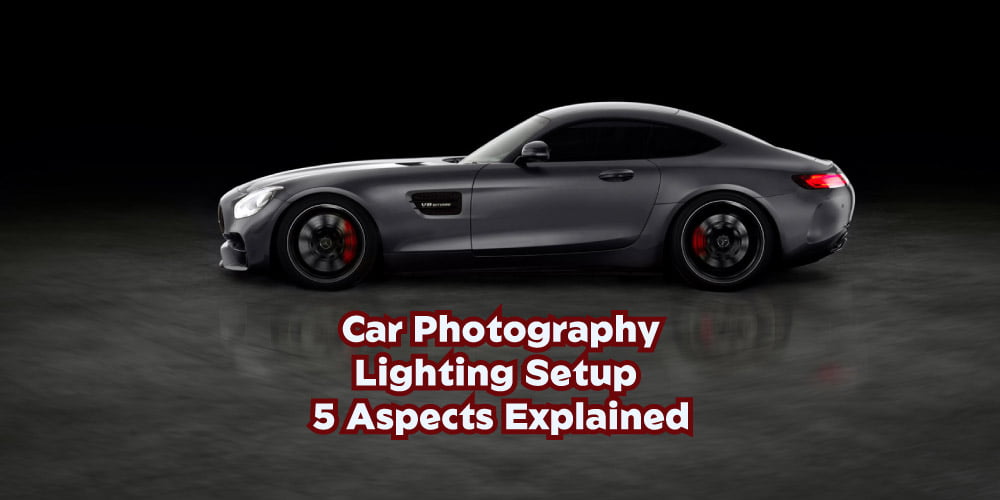
If you’re a car photographer, you know that camera settings have a big impact on your photography. But one thing you can not ignore is that your lighting setup has a big impact on your car photography.
Car Photography Lighting Setup – 5 Aspects Explained
Contents
Photographing automobiles is an exciting and very profitable artistic activity for a photographer. If you are a car photographer, you can be a novice or have years of experience under your belt, but there is always scope to improve your photography knowledge while photographing a car.
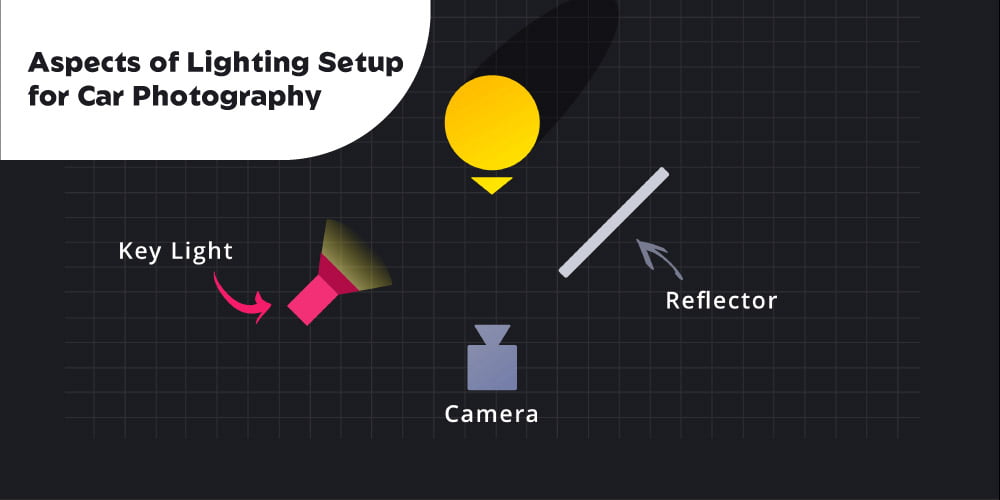
But one thing you can not ignore is that camera setting have a big impact on car photography, as well as skill and experience. Some of the fundamentals, like the ideal equipment, lens, camera setting, and lighting setup, are important factors in car photography.
In this article, we will talk about car photography lighting setup, ways of target shooting, and a few tips.
Aspects of Lighting Setup for Car Photography
1. Weather Conditions
It is important to keep in mind that the timing of dawn and sunset changes very quickly. As a result, it is important that you make the best use of the sunrise and sunset hours for photographing cars.

Moreover, you can not deny the fact that a car looks different with a few changes in lighting effects. So before doing car photography, focus on the weather and the condition of the light.
2. Sunny Day
The direct sunlight of a sunny day gives an automobile a professional look. However, it depends on the strength of the light and the location of the car. On a sunny day, there would be a wide variety of shadows for you to explore.
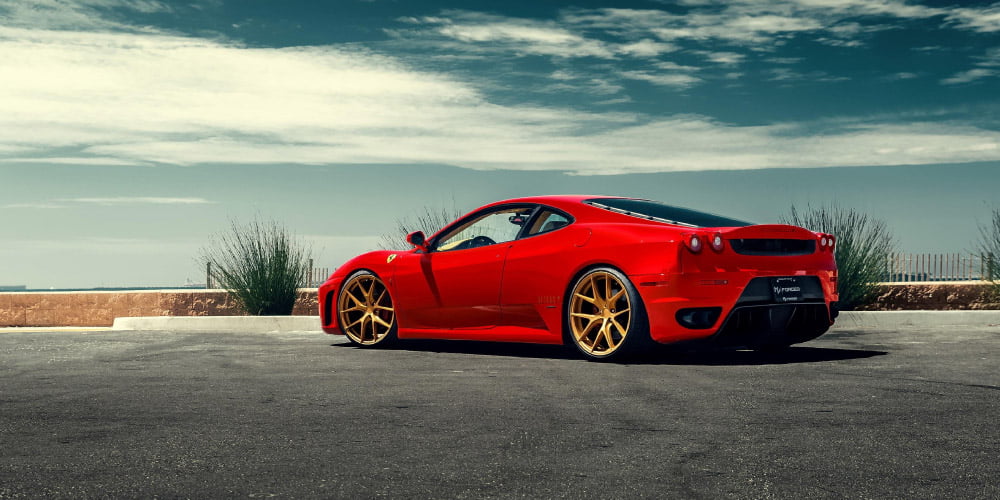
3. Cloudy Day
When clouds move in, the sun’s rays become more dimmed, and it’s possible that shadows may vanish completely. The light becomes significantly darker, which may be toned down by altering the white balance.
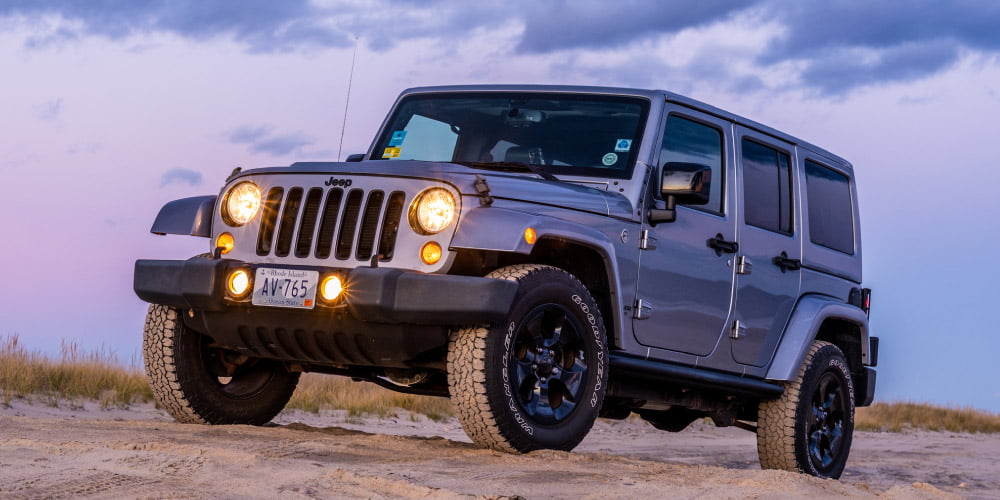
In such a situation, the car may not be as visible because of the lower contrast. The softer light can still provide some lovely pictures, though.
4. Sunshine In The Early Morning Or Late Evening
When the sun is shining or it’s getting close to night, shooting a car is a good idea. If you are able to use these two things perfectly, then you can get a perfect car picture. These two things can come together at any time, though it depends on the color of your car and the mood you want to create.

Additionally, when dawn breaks or just before sunset, the light turns golden or orange, and it can be beneficial for you. When the sun goes down, it turns orange too, which gives the pictures a warm, welcoming, and professional look.
5. Why not noon?
The sun’s rays may do a lot of damage when they are high in the sky, especially to cars with lighter paint. At this hour, white and yellow cars are more likely to flip over.
In order to properly expose the subject, the photographer would typically darken the grilles, tires, wheel wells, and background.
Furthermore, depending on the shape of the car’s side panels, the lower portions may be put into harsh shadows.
Methods of Target Shooting for Car
Frontal illumination
One of the reasons why the frontal illumination technique is so popular for shooting automobiles is that the sun makes everything bright in the picture that is facing the camera. For example, if it’s a front three-quarter shot, the sun will be right behind the photographer and camera, so the grille region, hood, roof, and sides will all have equal illumination.
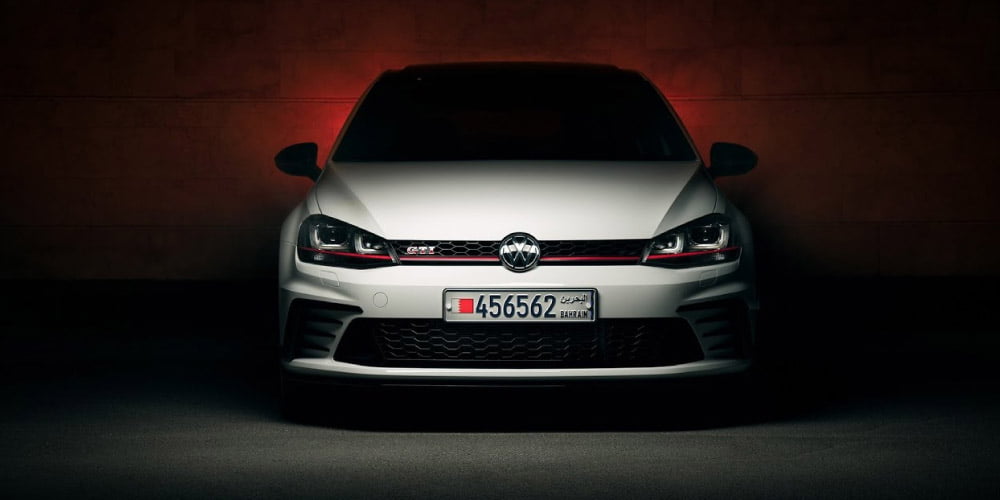
Side Lighting
The car’s side lights not only look cool but also highlight the elegant proportions of the vehicle. If the sun is to the left or right of the camera, rather than directly behind it, you may take pictures of the side of the car that is illuminated by natural light.
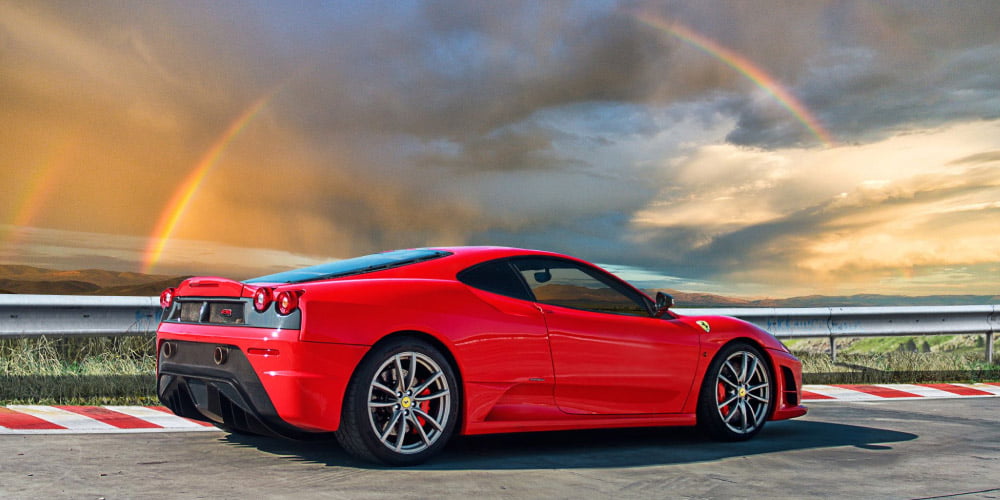
If the scenario is being shot in the late afternoon, the side of the car that is facing away from the light source will cast a large, obvious shadow. It’s all a matter of preference. Some photographers don’t mind it at all, while others find it annoying.
Lighting In The Spaces Between The Shadows
The contrast between the car and the darker background makes the car’s shadow seem particularly dazzling in the sunlight. But it is hard to find where the sun is always moving in the sky. When the sun goes down and the shadows of trees, buildings, or mountains move closer that is the perfect time for shooting.

But if your picture contains too much shadow, then that is an indicator that your car picture is going to look unprofessional for sure.
When Shooting From The Side In The Shadows
Taking pictures of cars in the shadows adds an aesthetic touch, and these images are always pleasing to the eye.
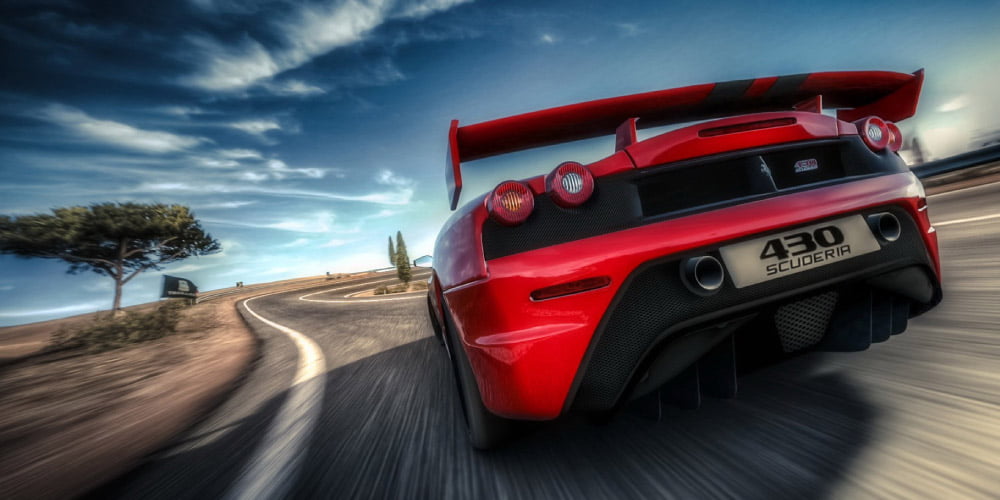
In a shadow picture, the side of the car seen in the shot is often darkened while the hood and roof are brightened. This causes the hood and roof to show slightly different colors than the sides, and sometimes there is light coming from below the car as well, which may give a new touch to the picture.
Camera Setting Tip for Car Photography
Focus on A Perfect White Balance
Carefully adjust the camera’s settings to the available lighting. Sunlight, clouds, shadows, and other forms of lighting might all necessitate different manipulations of the white balance setting. If you are unsure about the appropriate settings for your camera, just begin capturing images while using the auto white balance (AWB) mode.
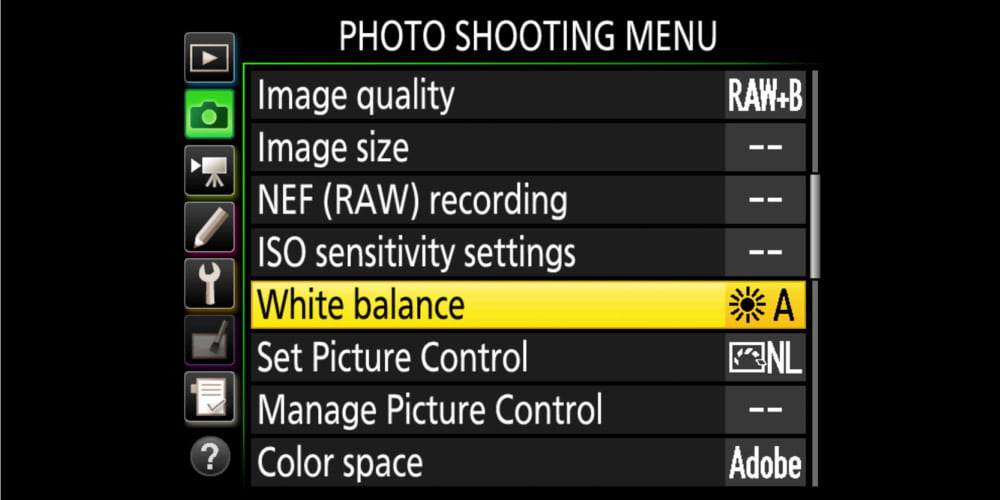
Professional photographers may experiment with the color cast effects sliders. There’s a chance that the effect will be more appealing than the “right” one.
Use Parking Lamps Or The Headlights
In low-contrast situations, such as on a cloudy day or after sunset, turning on the parking lights or the car’s headlights may provide some much-needed brightness and aesthetic impact to the photo.
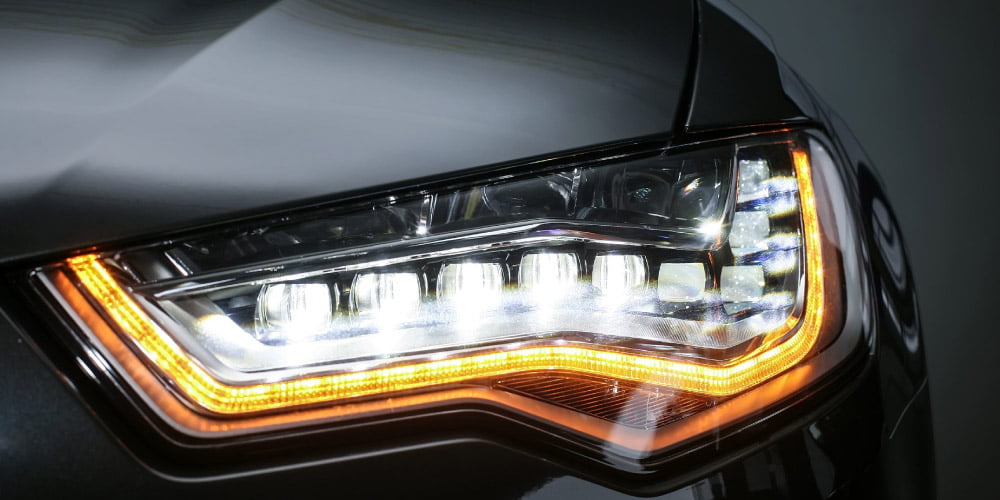
You may need to manually meter the area or take numerous test shots since the headlights may have a major effect on the metering. Verify if the high beams or the low beams provide better outcomes. If your vehicle has four headlights, you should switch on your high beams so that all four lights are shining on the road.
When the high beams’ intensity becomes intolerable, drivers often switch to the parking lights. The position of the camera with respect to the headlights will determine whether or not they generate lens flare.
Car Photography Lighting Setup
Video source: Karl Taylor
Related Post: Best Camera Settings For Car Photography
Use Tripod
If you plan on taking pictures of your car before sunrise, after sunset, or on a foggy day, you should definitely use a tripod.
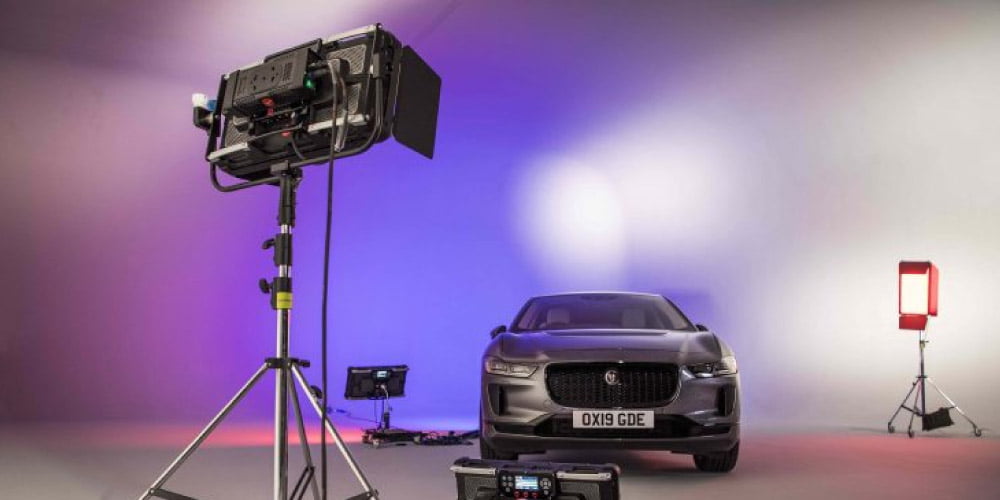
If you don’t have it, increasing the ISO will be the only way to obtain the exposures you desire while keeping the shutter speed low enough to use just one hand. Photos’ quality may suffer as a consequence of this. The quality of the camera you use will influence the extent of the disparity. Keep the ISO setting on your camera at its minimum, which is usually between 80 and 100.
Be Careful about Reflections
As a professional automotive photographer, you should be very careful about anything that could possibly reflect on the car’s surface. Most of the time, the most beautiful cars have intricate, thin lines running down their length that make you stop and stare.
To get the most out of automotive photography, you should be able to capture the beautiful shapes and designs of each car. This will help you get the most out of the pictures you take.
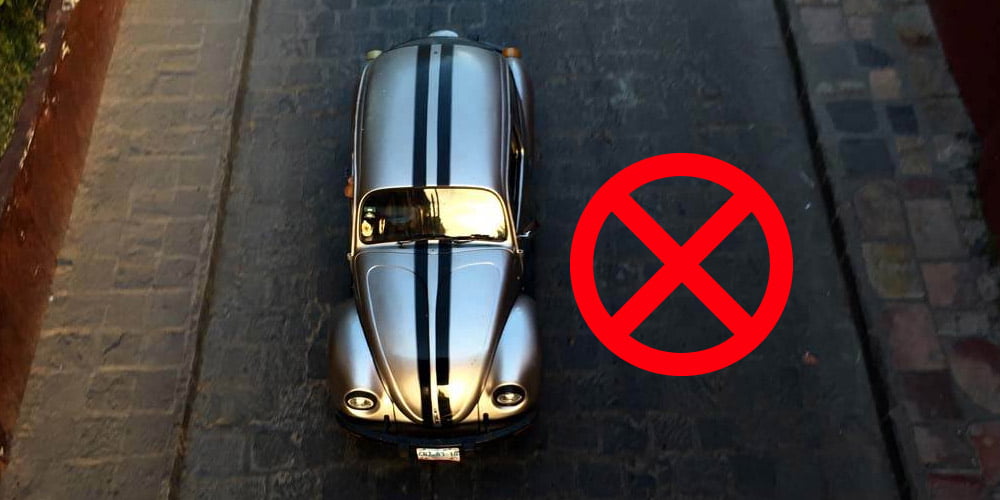
On the other hand, shiny cars always reflect light almost as well as mirrors. So, if there are people or buildings near the car, they will reflect off the shiny surface and show up in your photos. These will give you more things to look at while you are taking pictures of cars.
If there are a lot of distractions around the car that you can’t get rid of, you may want to take the picture from a low angle, which will look better than taking the picture from a higher angle. You can avoid seeing your reflection in the car window if you use a tripod, set the self-timer, and move away before taking the picture. Also, if you can, try to pick a place like an empty field or the sky.
What About Polarizing Filters?
A polarizing filter, which can be attached to the end of your lens, will allow you to better manage the reflections in your photos. It can cause them to fade in water, glass, and even car paint.
Surfaces that already have a lot of color because of reflections or the blue sky will get even more color from this effect. Polarizing filters for DSLR cameras come in different sizes and screw onto the end of the lens.
Most people haven’t seen much of what’s out there for point-and-shoot cameras because of the wide variety in their designs. Furthermore, when turned off, the lens of a point-and-shoot camera often folds back and is automatically covered, making it impossible to use with a filter attachment.
Since the camera’s metering software looks at the amount of light coming through the lens, it will automatically make up for the amount of light lost because of the filter.
Be careful not to block any of the camera’s important sensors, and if you can, try to keep the edges of the filter from showing up in your photos. When you want to know how some photographers get that dramatic black and white photo, you can look at their usage method of the polarizer, and how they take pictures of cars with very bright paint.
Use Studio Light for Indoor Photoshoot
Using automotive studio lighting will provide the most desirable golden colors. The gear needed to take good pictures of cars is typically complicated and expensive. The studio’s ceiling rig lighting simplifies a complicated issue with artificial lighting. Use a ceiling set up to provide an almost ideal light on the automobile, which makes for a stunning photographic concept.
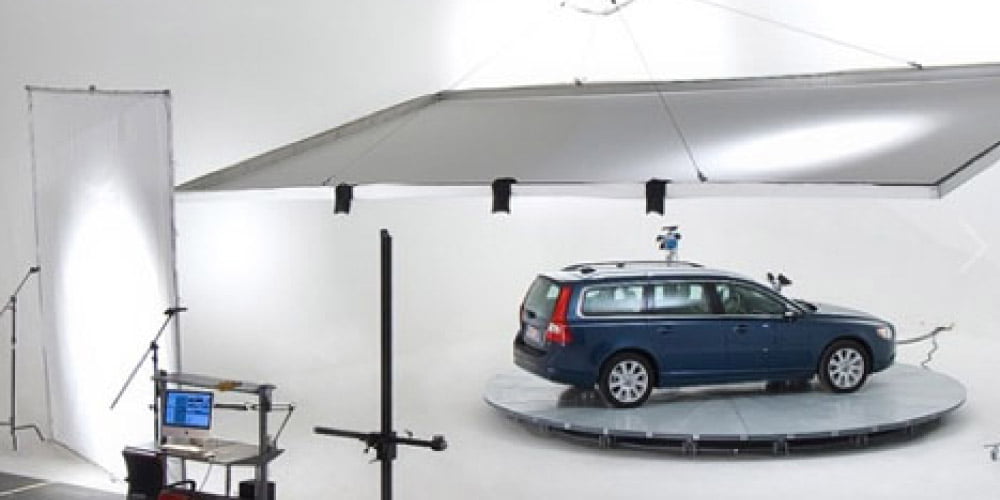
FAQ
What camera settings should I use when photographing an automobile?
To create depth of field, shoot at an aperture of f/8 or higher to isolate the automobile against a blurred backdrop. Use an aperture of f/5 or lower. Use a fast shutter speed and a low ISO level as standard procedure.
Bottom Line
To conclude, hopefully, you now have an idea of how to set up lighting for car photography. You can apply these while photographing a car.


